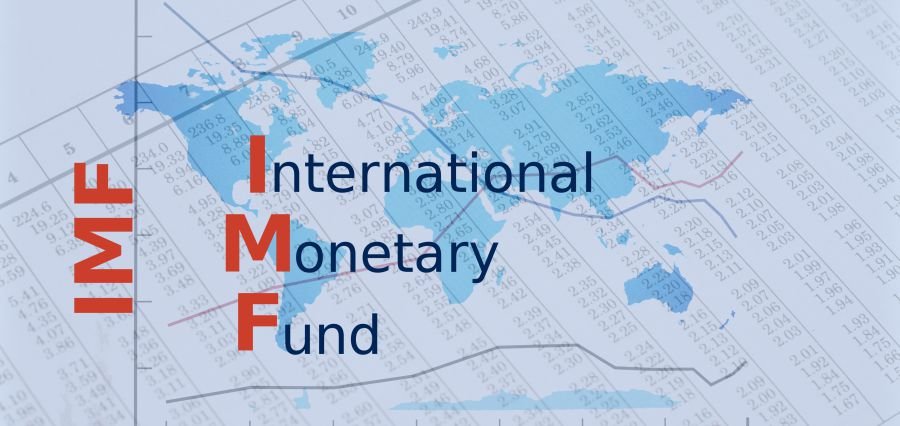In its latest World Economic Outlook update released on Tuesday, the International Monetary Fund (IMF) has cautioned about mounting risks to inflation, casting doubt on the likelihood of multiple interest rate cuts by the Federal Reserve this year. The IMF noted that global disinflation trends are losing momentum, indicating potential challenges ahead in achieving lower inflation rates.
The report highlighted that the United States, despite recent efforts, lags behind other major economies in reducing inflation through quantitative easing measures. This observation comes amidst growing expectations among traders for a Fed rate cut in September, with market indicators suggesting a full pricing-in of rate reductions at the upcoming September 18 meeting and further decreases anticipated in November.
Pierre-Olivier Gourinchas, Chief Economist at the IMF, emphasized in an interview with CNBC’s “Squawk on the Street” that while the current inflationary pressures from services and wages are not alarming, they present complexities for achieving sustained inflation reduction. Gourinchas suggested that a single rate cut by the Fed in 2024 would be appropriate, cautioning that the path to lower inflation may prove more protracted than anticipated, especially in light of earlier inflation upticks this year.
Looking ahead, the IMF’s projections foresee a moderation in disinflation rates across advanced economies in 2024 and 2025, driven by persistent service inflation and elevated commodity prices globally. Specifically, for the U.S., the IMF revised down its growth forecast for 2024 by 0.1 percentage point to 2.6%, citing tempered consumer spending and slower-than-expected growth during the early part of the year.
In conclusion, while recent economic indicators such as the Consumer Price Index report have shown some positive signs, the IMF’s assessment underscores the uncertainties surrounding inflation dynamics and the potential timing of Federal Reserve actions to address these challenges throughout the remainder of the year and into 2025.
Read More: Click Here








